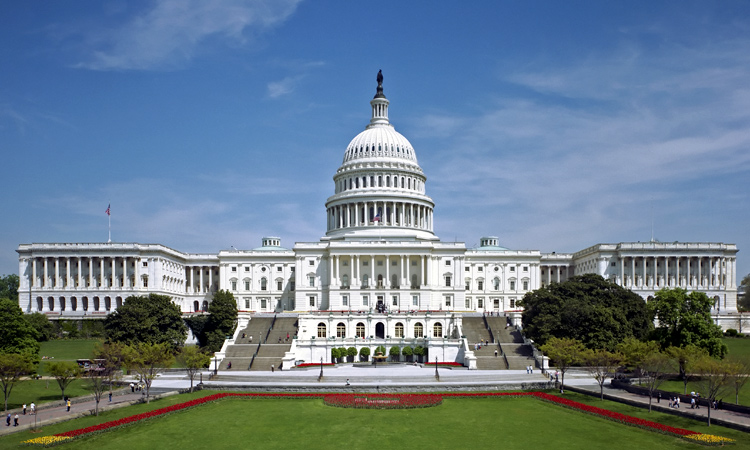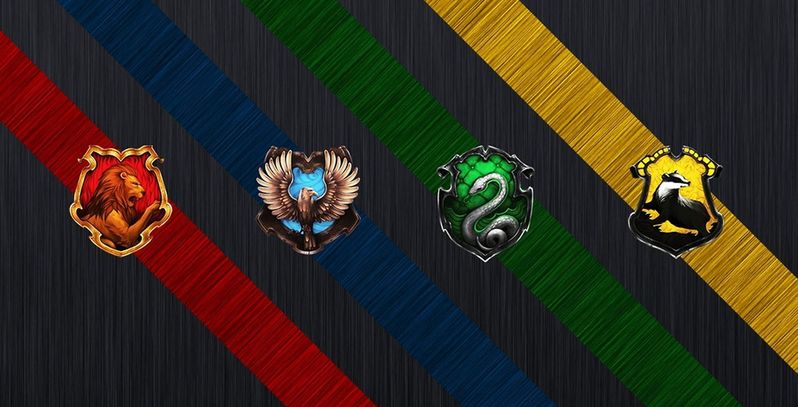Take this Government 101 Quiz to test your knowledge. We update the quiz regularly and it’s the most accurate among the other quizzes.
The legislative, executive and judicial branches are the three branches of the United States government. According to the idea of separation of powers, the United States Constitution divided the federal government’s power among these three branches and established a system of checks and balances to ensure that no one branch became overly dominant.
Power Separation
In his seminal 18th-century treatise “Spirit of the Laws,” Enlightenment philosopher Montesquieu invented the expression “trias politica,” or division of powers. His vision of a government divided into legislative, executive, and judicial departments that operate independently of one another inspired the founders of the United States Constitution, who were adamantly opposed to consolidating too much power in any one body of government.
James Madison wrote in the Federalist Papers about the importance of separation of powers to the new nation’s democratic government: “The accumulation of all powers, legislative, executive, and judiciary, in the same hands, whether of one, a few, or many, and whether hereditary, self-appointed, or elected, may justly be pronounced the very definition of tyranny.”
Legislative Body
According to Article I of the Constitution, the legislative branch (the United States Congress) has the primary authority to establish laws for the country. This legislative power is further divided into Congress’s two chambers, or houses: the House of Representatives and the Senate.
Government 101 Quiz
The people of the United States elect members of Congress. While each state receives the same number of senators (two), the number of representatives for each state is determined by the state’s population. Also, you must try to play this Government 101 Quiz.
As a result, while there are 100 senators, there are 435 elected House members, plus six non-voting delegates who represent the District of Columbia, Puerto Rico, and other U.S. territories.
To enact an act of legislation, both houses must approve the identical version of a bill by a majority vote. After that, the bill is sent to the president, who can either sign it into law or veto it using the veto authority granted by the Constitution.
A regular veto can be overridden by a two-thirds vote of both chambers in the case of a normal veto. The veto authority, as well as Congress’ capacity to overrule a veto, are examples of the checks and balances system created by the Constitution to prevent any one branch from obtaining too much power.
The Executive Office
According to Article II of the Constitution, the executive branch, led by the president, has the authority to enforce or carry out the nation’s laws.
The executive branch includes, in addition to the president, who is the commander in chief of the armed forces and the head of state, the vice president and the Cabinet; the State Department, Defense Department, and 13 other executive departments; and various other federal agencies, commissions, and committees.
About the quiz
Unlike members of Congress, the president and vice president are elected by the people through the electoral college system every four years. People cast ballots to choose a slate of electors, and each elector agrees to vote for the candidate who receives the most votes from the people they represent.
In addition to signing (or vetoing) legislation, the president has the authority to change the country’s laws through a variety of executive acts, such as executive orders, presidential memoranda, and proclamations. The executive branch is also in charge of carrying out the nation’s foreign policy and conducting diplomacy with other countries, albeit any treaties with foreign nations must be ratified by the Senate.
The Judicial Branch
Article III mandated that the nation’s judicial power, to apply and interpret the laws, be placed in “one supreme Court, and such lesser Courts as the Congress may from time to time ordain and establish.”
Because the Constitution did not clarify the Supreme Court’s powers or explain how the judicial branch should be organized, the judiciary took a back seat to the other departments of government for a time.
But that all changed in 1803 with the landmark decision of Marbury v. Madison, which established the Supreme Court’s power of judicial review, which it uses to examine the constitutionality of executive and legislative acts. Another important example of the checks and balances system in action is judicial review.
For more trivia quizzes check this: Cell Parts And Functions Quiz




